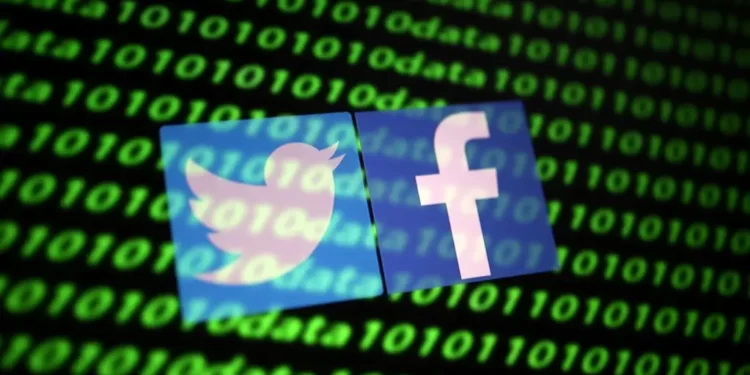August 26, 2022 – Facebook-parent Meta and Twitter have removed a network of fake accounts running and promoting covert campaigns that were orchestrated to push pro-US narratives using “deceptive tactics”, according to a new report.
The accounts were tied to an operation aimed at spreading pro-Western narratives in the Middle East and Central Asia, and discrediting countries such as Russia, China, and Iran over a five-year period, social media analytics firms, Graphika and Stanford Internet Observatory, have disclosed in their report. The accounts, which violated the companies’ terms of service, were taken down between July and August 2022.
“These campaigns consistently advanced narratives promoting the interests of the United States and its allies while opposing countries including Russia, China, and Iran,” the report states. “The accounts heavily criticised Russia in particular for the deaths of innocent civilians and other atrocities its soldiers committed in pursuit of the Kremlin’s ‘imperial ambitions’ following its invasion of Ukraine in February this year.”
Although Twitter and Facebook shared data with the researchers regarding the accounts, the companies did not identify the entities or organisations involved in the pro-Western operation. Twitter listed the US and Britain as the campaigns’ “presumptive countries of origin, while Meta said the country of origin was the US. The accounts operating across Facebook and Twitter linked to news stories from Voice of America and Radio Free Europe, and posted links to websites run by the US military.
The data from Meta and Twitter also reveals the limited range of tactics employed in the influence operation. “The assets identified by Twitter and Meta created fake personas with GAN-generated faces, posed as independent media outlets, leveraged memes and short-form videos, attempted to start hashtag campaigns, and launched online petitions: all tactics observed in past operations by other actors.”
However, the majority of posts and tweets that were reviewed “received no more than a handful of likes or retweets”, and only 19 percent of the covert assets that were identified had more than 1,000 followers.




